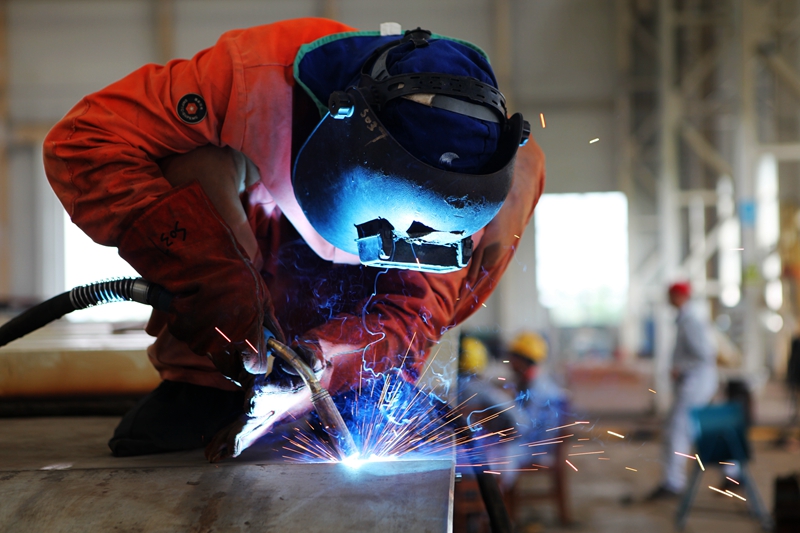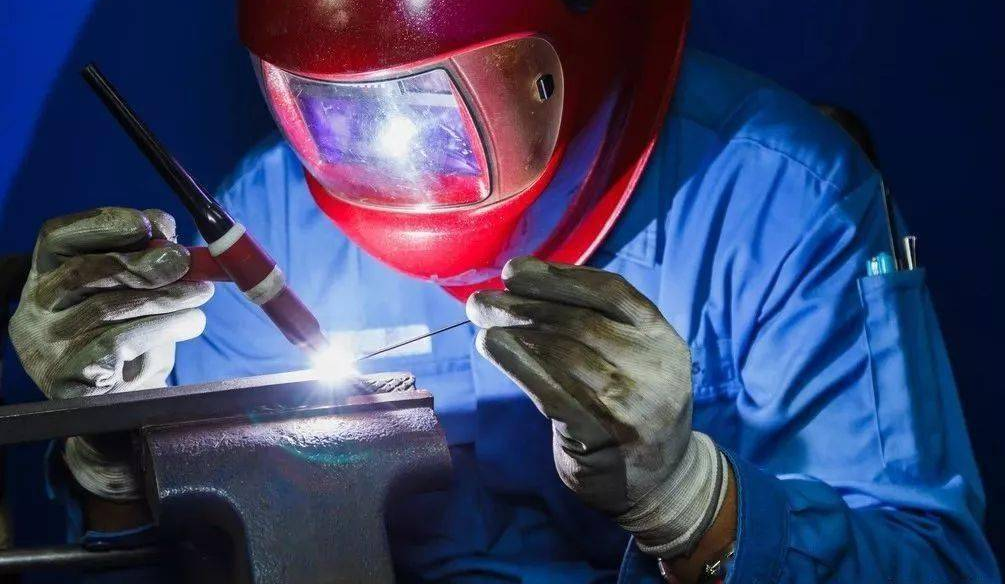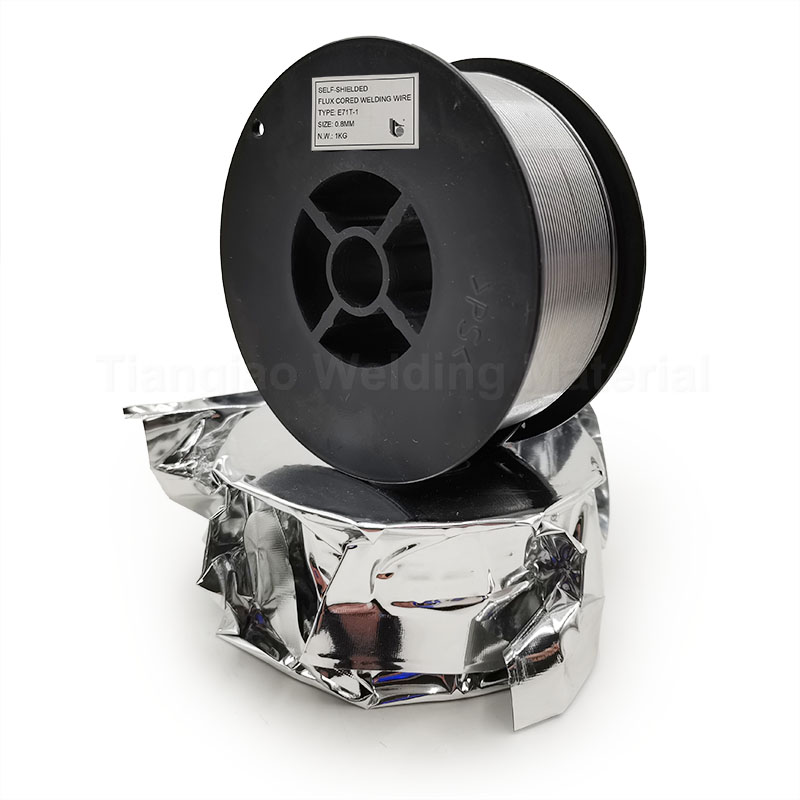TIG
1.Application :
TIG welding (tungsten argon arc welding) is a welding method in which pure Ar is used as a shielding gas and tungsten electrodes are used as electrodes. TIG welding wire is supplied in straight strips of a certain length (usually lm). Inert gas shielded arc welding using pure tungsten or activated tungsten (thoriated tungsten, cerium tungsten, zirconium tungsten, lanthanum tungsten) as the non-melting electrode, using the arc between the tungsten electrode and the workpiece to melt the metal to form a weld. The tungsten electrode does not melt during the welding process and only acts as an electrode. At the same time, argon or helium is fed into the nozzle of the torch for protection. Additional metals can also be added as desired. Internationally known as TIG welding.
2. Advantage:
The main advantage of the TIG welding method is that it can weld a wide range of materials. Including workpieces with a thickness of 0.6mm and above, the materials include alloy steel, aluminum, magnesium, copper and its alloys, gray cast iron, various bronzes, nickel, silver, Titanium and lead.The main field of application is the welding of thin and medium thickness workpieces as a root pass on thicker sections.
3. Attention:
A. Shielding gas flow requirements: when the welding current is between 100-200A, it is 7-12L/min; when the welding current is between 200-300A, it is 12-15L/min.
B. The protruding length of the tungsten electrode should be as short as possible relative to the nozzle, and the arc length should be generally controlled at 1-4mm (2-4mm for welding carbon steel; 1-3mm for welding low-alloy steel and stainless steel) .
C. When the wind speed is greater than 1.0m/s, windproof measures should be taken; pay attention to ventilation to avoid injury to the operator.
D. Strictly remove oil, rust and moisture impurities from the welding place during welding.
E. It is recommended to use a DC power supply with steep external characteristics, and the tungsten pole is extremely positive.
F. When welding low alloy steel above 1.25%Cr, the back side should also be protected.
MIG
1.Application:
MIG welding is melting pole inert gas shielded welding. It uses Ar and other inert gases as the main shielding gas, including pure Ar or Ar gas mixed with a small amount of active gas (such as O2 below 2% or CO2 below 5%) for melting. The welding method of arc welding. MIG wire is supplied in coils or coils in layers. This welding method uses the burning arc between the continuously fed welding wire and the workpiece as the heat source, and the gas ejected from the torch nozzle is used to protect the arc for welding.
2.Advantage:
It is convenient for welding in various positions, and also has a faster welding speed and a higher deposition rate. MIG-shielded arc welding is applicable to the welding of most major metals, including carbon steel and alloy steel. MIG arc welding is suitable for stainless steel, aluminum, magnesium, copper, titanium, picks and nickel alloys. Arc spot welding can also be performed using this welding method.
3.Attention:
A. The protective gas flow rate is preferably 20-25L/min.
B. The arc length is generally controlled at about 4-6mm.
C. The influence of wind is particularly unfavorable to welding. When the wind speed is greater than 0.5m/s, windproof measures should be taken; pay attention to ventilation to avoid injury to the operator.
D.The use of pulsed arc current can obtain a stable spray arc, especially suitable for welding of stainless steel, thin plate, vertical welding and surfacing welding.
E. Please use Ar+2% O2 gas combination to weld ultra-low carbon stainless steel, do not use Ar and CO2 mixed welding steel.
F. Strictly remove oil, rust and moisture impurities at the welding place during welding.
Post time: Apr-25-2023



